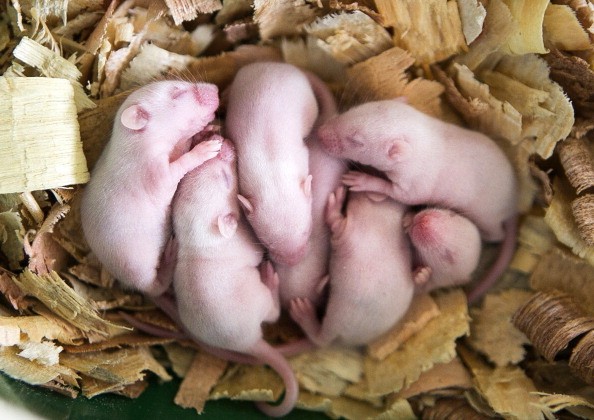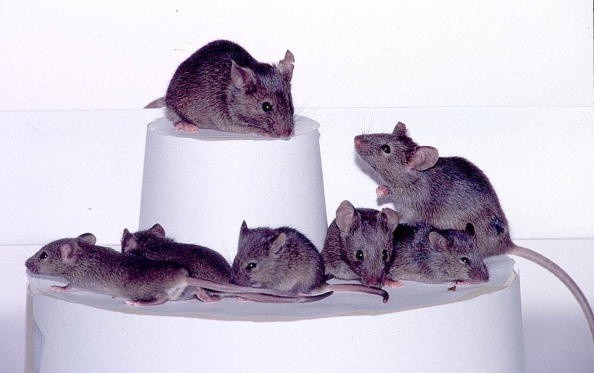It's usually a great pleasure to receive a considerate letter in the mail, however, scientists in Japan have included a totally different layer to the event by mailing postcards with mouse sperm that are already frozen and dried to each other.
Scientists emailed a mouse sperm that is already frozen and dried on a postcard along with their newborns on the other side, which is a major advancement for inexpensive long-distance sperm transfer.

Mouse Sperm on a Postcard
Additionally, the scientists produce healthy living mouse offspring with the sperm they receive in their mailboxes after the sperm stayed days in the post.
As per a study released on iScience on Thursday, there is a possibility that this extraordinary experiment will change the way sperm from other diverse species is conveyed, beginning applications for livestock production, maintenance of strains of genetically modified individuals, infertility treatments, and conservation of genetic resources, including those of endangered species.
Also Read: Lab-Grown Egg Cells Successfully Developed Into Healthy Baby Mice -- Possible Answer to Infertility?
Where Can This Sperm be Preserved?
Daiyu Ito, a leader of the new study, and als a Ph.D. student at the University of Yamanashi said in an email: "This is the first report in the world [to show] that freeze-dried mouse sperm can be preserved in a thin plastic sheet (0.2 millimeters) instead of conventional glass ampoules."
Ito added saying they went through so many trials and errors and they succeeded in the end. He said when they were able to come up with a method of preservation of mouse sperm freeze-drying on a sheet, they thought that mouse sperm can be sent on a postcard by the method. And it is the "absolute cheapest" technique that has ever been developed to convey sperm.
Daiyu Ito works in the lab of Teruhiko Wakayama who is a biologist at the University of Yamanashi. For years, Wakayama has led innovative research into sperm transportation.
Previously, Wakayama and his team initiated a technique for transporting mouse sperm in little ampoules or glass capsules, providing an easier option to sperm cryopreservation in liquid nitrogen. This sperm cryopreservation is expensive and also a high-maintenance process.

International Space Station (ISS) Experiment
With the use of these glass ampoules, the researchers were able to convey mouse sperm to the International Space Station. At the space station, they were prone to years of outer space radiation in what turned into the longest biological experiment in the station .
Following the return of the sperm to Earth and its transplant into female mice, viable pups were produced. This is a good sign that long-term space travel may not affect reproduction.
Although the ampoules allow the International Space Station (ISS) experiment, glass containers are also more easily broken and voluminous than paper. This inspired Wakayama and his team to keep looking for even easier methods to convey the mouse sperm.
The new study records the efforts of the researchers to preserve freeze-dried sperm on many diverse surfaces that could be mailed with ease or preserved in massive "sperm books" that collect samples from a lot of individuals.
Related Article : Mice Sperm Stored on the ISS Produces Healthy 'Space Pups' Offspring -- Is it Possible for Humans, Too?
For more news, updates about mouse sperm and similar topics don't forget to follow Nature World News!
© 2025 NatureWorldNews.com All rights reserved. Do not reproduce without permission.

